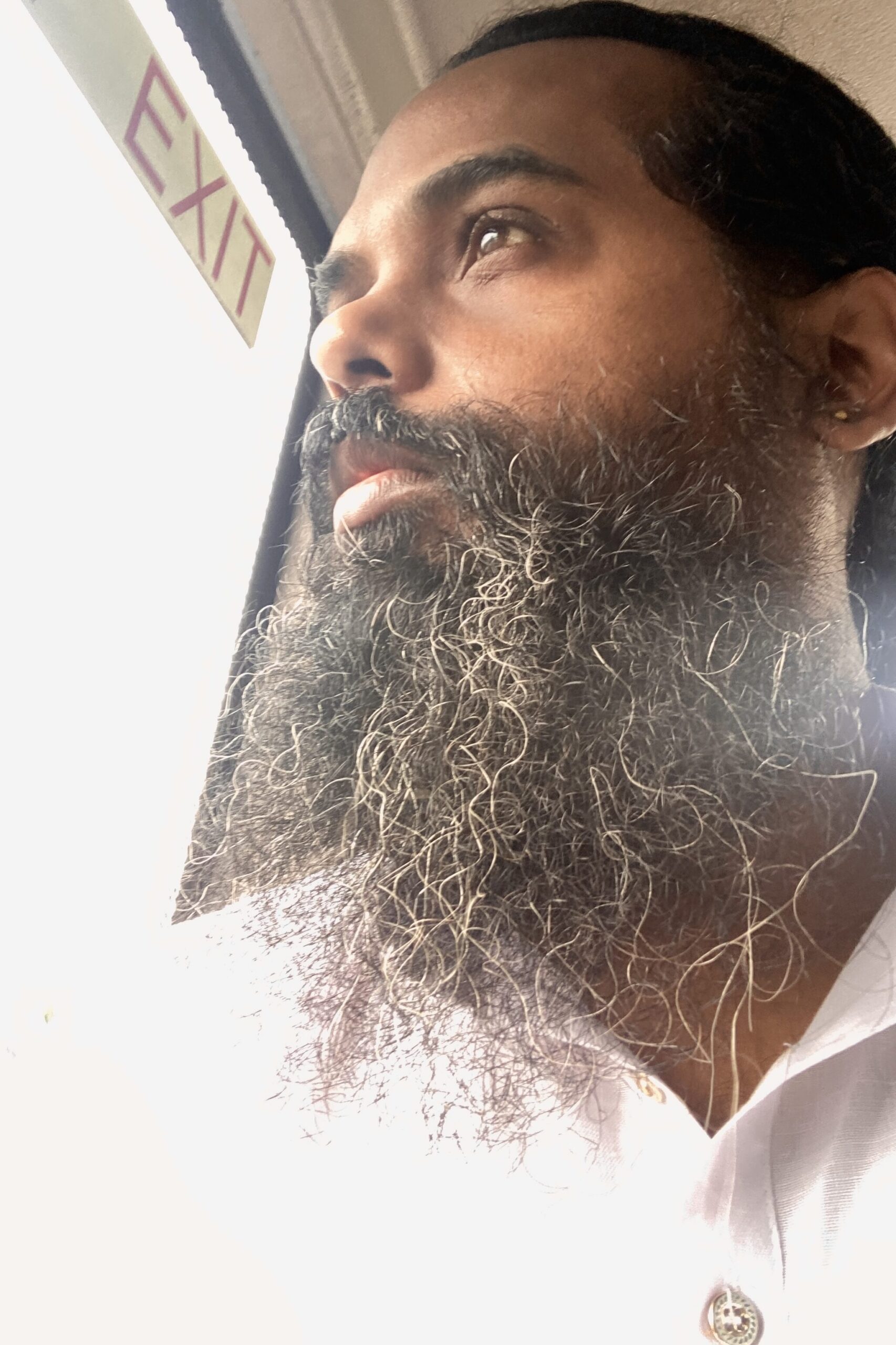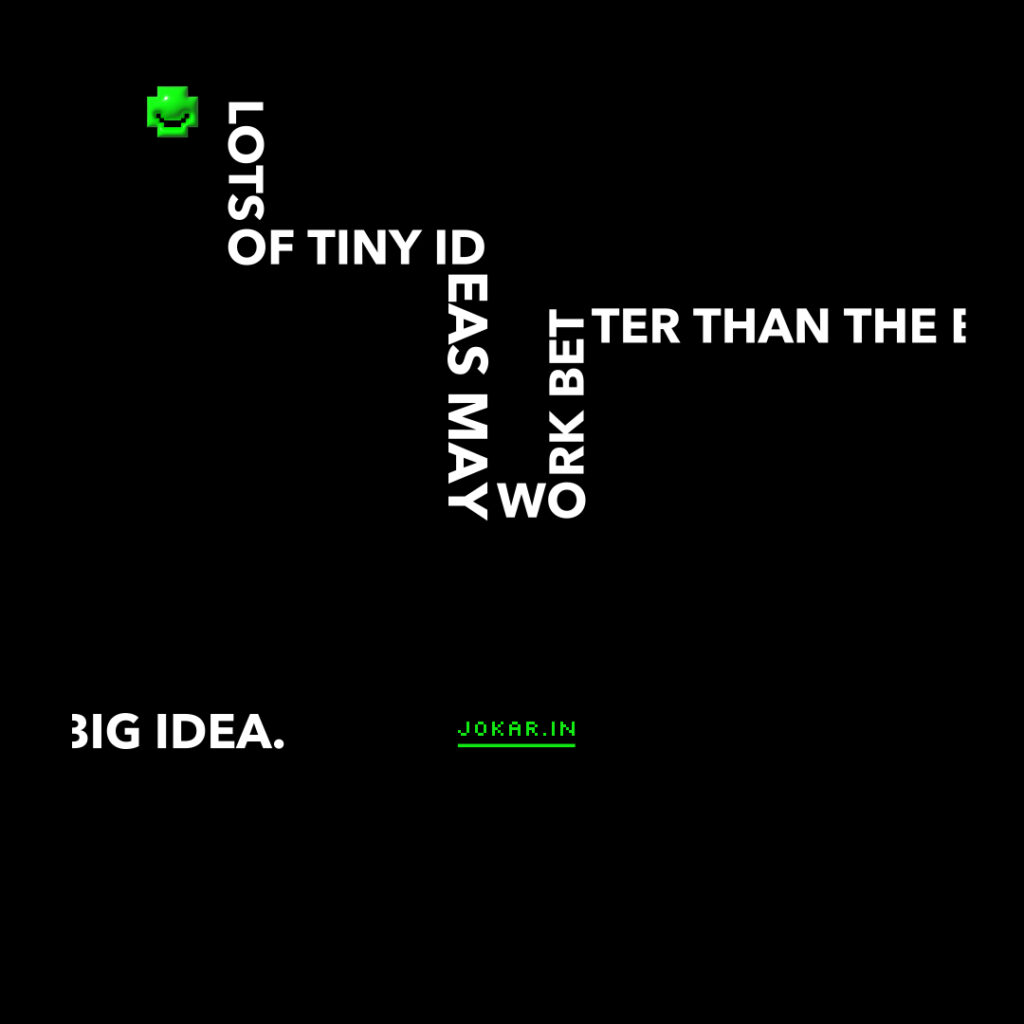
Since 2003, I’ve been on a treadmill that never slowed down. Eager, hungry and fuelled by ambition. By 2023, I finally stepped off it—not because I was done running, but because I didn’t even like the way it was going, and where it was going.
Here are 7 sad ways I chased success that became valuable lessons I’ll remember forever.
☝ Making work my whole identity
For the longest time, “What do you do?” was the same as “Who are you?” If I wasn’t working or creating, I felt invisible. It’s only in the last few years I’ve started asking myself: Who am I when the laptop’s shut? And I still don’t have the full answer.
✌ Believing busyness = importance
From early days in advertising to building Jokar with Archana Karthik, busyness felt like purpose. If I wasn’t “in demand”, I questioned my worth. Now, I see all those late night deadlines and packed schedules for what they really were: distractions from bigger, scarier questions about meaning and balance.
👌 Living for external validation
Awards, applause, client appreciation, or even the occasional LinkedIn nod, it always felt like proof that I was on the right path. But the emptiness after every achievement was deafening. I spent too much time worrying about how I looked to others, and not enough asking how I felt about myself.
✌✌ Chasing the next big thing
I believed that happiness was always “just one milestone away.” The next project, the next paycheck, the next dream client—surely, one of them would unlock the elusive satisfaction. But the joy I was chasing was always right here—in quiet dinners with Archana, learning Pali at Mumbai University, or losing myself in printmaking class at JJ School of Arts.
🖐 Ignoring the weight of it all
I convinced myself that exhaustion was a small price to pay for success. Burnout became a badge of honour. But deep down, I knew I was running on fumes, pretending it didn’t matter. It took stepping back these past few years to see the damage I’d been doing to myself.
🖐 👍 Turning creativity into currency
Somewhere along the way, creating became about deadlines, client and metrics. What used to make me come alive now felt transactional. It’s only recently I’ve started creating again for myself—no brief, no audience, no rules—and remembered why I fell in love with it in the first place.
🖐✌ Thinking success would make me whole
For two decades, I thought success would fix everything. The doubt, the insecurity, the endless need to prove myself. But it never did. Success isn’t a solution; it’s a moving target. And until you pause and reflect, you’ll keep chasing it, wondering why you’re still not enough.
These days, I’m learning to value the small things. Building a simple and meaningful life with Archana. Finding joy in every stroke of ink during printmaking. Learning Pali because I am curious about this beautiful language. Success hasn’t disappeared from my life—it’s just shifted. And I think I’m better for it.









